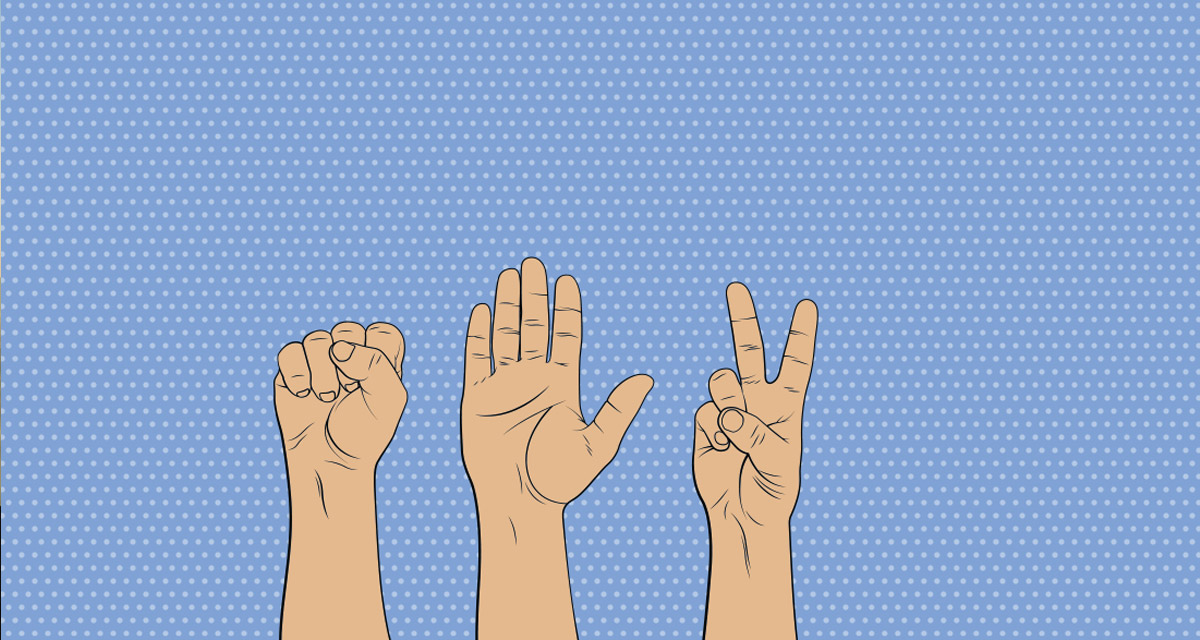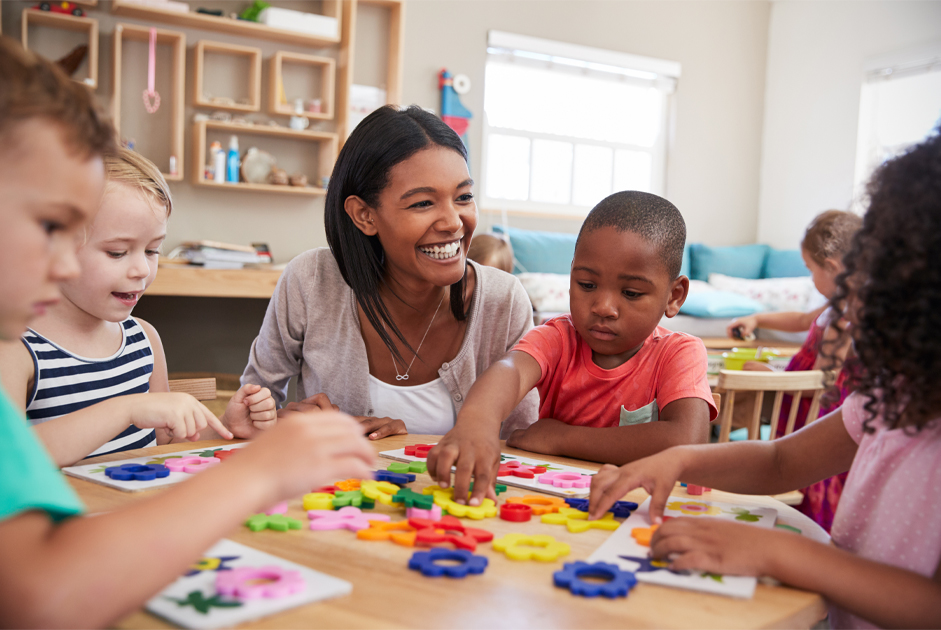Humans, no matter what their age, are expressive beings. Hand gestures expand on the thought, such as displaying the vast size of an object, emphasizing an emotion by blowing a kiss or showing directional actions through pointing. The signal may identify the value of a particular point, or, like a shrug, the need for more time to think. Despite our occasionally feeling self-conscious by it, the expressive use of hands resonates energy and warmth toward the listener.
Before the arrival of speech, babies and toddlers depend upon expressive communication. The practice of exercising the hands not only promotes hand-eye coordination, but develops a strong vocabulary, sentence structure, and storytelling capacity. Through a study to determine how hand gestures foster communication, findings revealed that children formed clearer thoughts to structure a narrative more concisely with each passing year. In a culture emphasizing iPads and finger sweeps, children can also balance their time by playing clapping games with siblings and friends.
Hand-Clapping Songs
Clap. Clap. Pause for one beat and clap twice again. As soon as the rhythmic clapping begins, the contagious act encourages others to join along. In addition to clapping sequences, children love to belt out the silly lyrics, which may involve the “Wheels on the Bus,” “Old MacDonald,” “The Itsy-Bitsy Spider,” and “Head-Shoulder-Knees, and Toes.” The process involves putting events, ideas, and steps in order, and practicing until the pattern is a uniform sound of beats. Do you recall the song, “Down, down, baby….down, down the roller coaster. Sweet, sweet baby, I’ll never let you go. Shimmy, shimmy cocoa pop…shimmy, shimmy pow. Shimmy, shimmy cocoa pop…shimmy, shimmy pow….” Do you remember the hand movements, too?
Your children, too, can have the same experiences on the playground or in their bedrooms while benefitting from skills ranging from a boost of language to playing a musical instrument and developing agility.
Hand Games
When an item as diversified as a ball or a piece of string is not available, there is another option at hand.
• Secret Handshakes: Ah, invite children to develop a secret handshake and their shyness and inhibitions will vanish while becoming fast friends! High-fives. The low-five. A fist bump, and perhaps a dab, spin, a quick imitation of driving a car, and ending with two snaps. Yes, the golden secret handshake takes communication, sharing ideas, give and take, and a few rounds of practice until perfect! And, secret handshakes are not just for creative kids; professional athletes use them, and often!
• High-Five Game: How many ways can one person use one or both hands to encourage the opponent to give them a high five? Creativity invites participants to invent different positions. The phrasing, “down-low; ah, too slow!” still works just fine!
• Rock. Paper. Scissors: Need a means of resolving conflicts? Then, the answer arrives through the option of forming a fist, a flattened hand, or displaying two fingers on their sides. Of course, rock smashes scissors, scissors cut paper, and paper covers rock are the rules of the game!
• Concentration: Through a rhythm of slapping knees, clapping hands, and snapping fingers, players choose a category, such as names, animals, or places. While maintaining the pattern, children must take turns to call out a noun quickly or lose the game’s momentum!
Fingerspelling and Sign Language
At the age of eight months, babies can learn to sign. In addition to the pleasure of teaching a daughter or son essential hand gestures of communication, parents often claim the time and effort is also a rewarding bonding experience. And, those who continued to practice felt connected by a secret language. Indirectly, users of ASL accelerated speech and emotional development. In learning a second language, children turned to their fingers to remember words, enhance reading comprehension, and think through ideas. Even if your child is older, it is never too late to share the joys of learning ASL.
Single-Player Games
Hand gestures are one form of child development to boost memory and communication skills. Take it one step further and teach your children memorable single-player childhood games such as “jacks” and string games that design shapes such as a ladder, cat’s cradle, and star.
The walk down memory lane can boost the enthusiasm of parents who want to share their favorite hand games, and for children eager to participate! Enjoy!



















